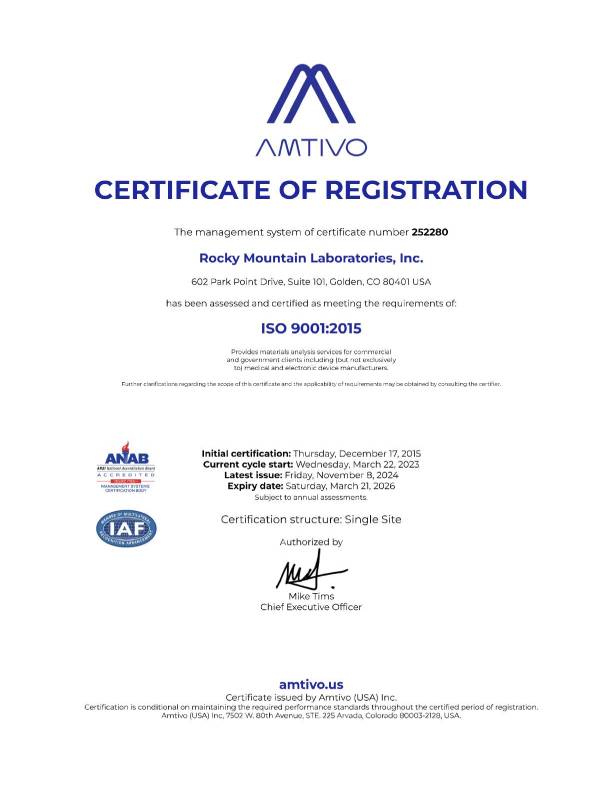FTIR (Fourier-Transform Infrared) spectroscopy and XRF (X-ray Fluorescence) spectroscopy are both analytical techniques used for the elemental and chemical analysis of materials, but they differ in several key aspects:
Information Obtained:
- FTIR Spectroscopy: FTIR measures the absorption of infrared radiation by molecules, providing information about the vibrational and rotational modes of chemical bonds within a sample. It is primarily used for identifying functional groups, determining chemical structure, and characterizing chemical composition, particularly for organic and inorganic compounds.
- XRF Spectroscopy: XRF measures the characteristic X-ray emission lines produced when atoms in a sample are excited by high-energy X-rays. It provides information about the elemental composition of a material. XRF can identify and quantify the elements present in a sample, typically focusing on elements from sodium (Na) to uranium (U) on the periodic table.
Type of Samples:
- FTIR Spectroscopy: FTIR can be used to analyze a wide range of samples, including liquids, gases, and solids. It is versatile and applicable to various types of compounds, including organic and inorganic substances.
- XRF Spectroscopy: XRF is primarily used for solid samples, including metals, minerals, ceramics, geological samples, environmental samples, and more. It is not suitable for analyzing liquids or gases.
Sensitivity:
- FTIR Spectroscopy: FTIR is generally more sensitive to the presence of specific chemical functional groups and molecular vibrations within a sample. It can provide detailed structural information and is sensitive to low concentrations of certain compounds.
- XRF Spectroscopy: XRF is highly sensitive to elements but does not provide information about molecular structure or chemical bonds. It can detect trace amounts of elements present in a sample and is widely used for elemental analysis and quantification.
Instrumentation:
- FTIR Spectroscopy: FTIR instruments use interferometers to measure the absorption of infrared radiation by a sample. They typically cover a broad range of IR frequencies.
- XRF Spectroscopy: XRF instruments use X-ray sources to excite the sample and X-ray detectors to measure the emitted X-rays. They come in various configurations, such as energy-dispersive XRF (EDXRF) and wavelength-dispersive XRF (WDXRF), depending on the analytical requirements.
Applications:
- FTIR Spectroscopy: FTIR is used in various fields, including chemistry, materials science, pharmaceuticals, forensic science, and polymer science. It is valuable for structural analysis, chemical identification, and quality control.
- XRF Spectroscopy: XRF is widely used in geological exploration, environmental analysis, metals and alloys analysis, archaeology, and art conservation. It is essential for identifying and quantifying elements in various materials.
FTIR and XRF spectroscopy are distinct techniques that provide different types of information about materials. FTIR focuses on molecular structure and chemical composition, while XRF is specialized for elemental analysis. Researchers choose between these techniques based on their specific analytical needs and the type of information they aim to obtain.



